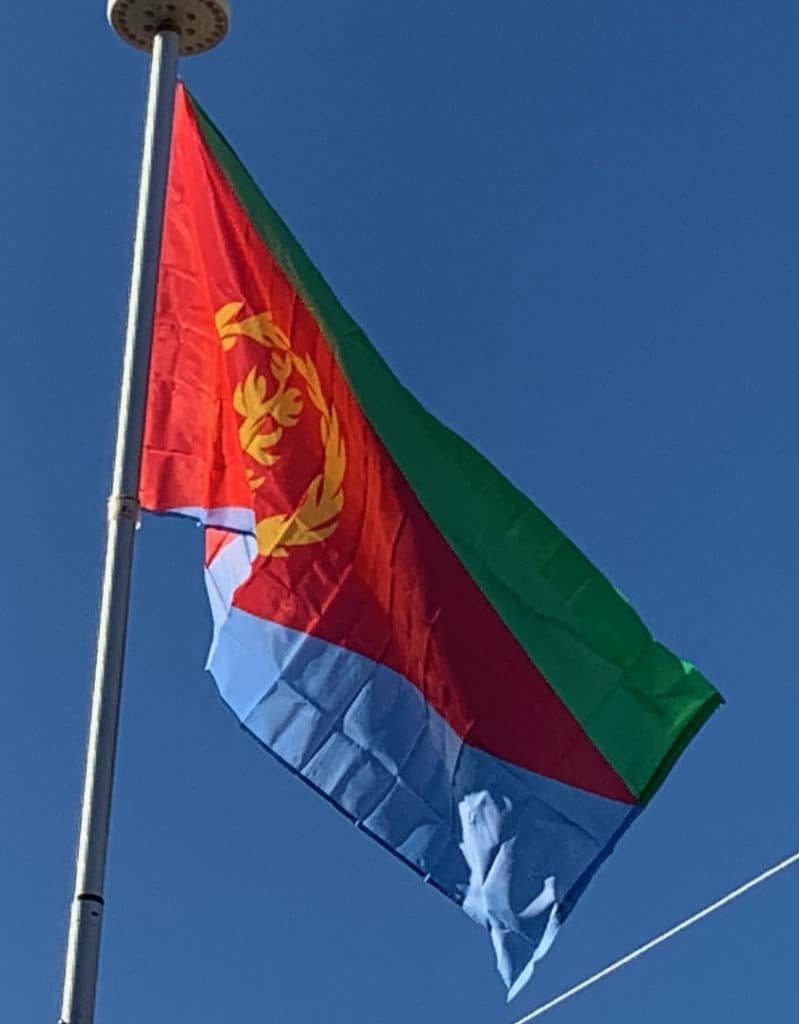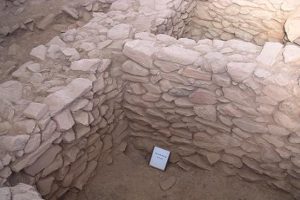
Additionally, the Ona culture may have had connections with the ancient Land of Punt. In a tomb in Thebes (Luxor) dated to the 18th dynasty reign of Pharaoh Amenophis II (Amenhotep II), long-necked pots similar to those that were made by the Ona people are depicted as part of the cargo in a ship from Punt.
Gash Group:
Excavations in and near Agordat in central Eritrea yielded the remains of an ancient pre-Aksumite civilization known as the Gash Group.
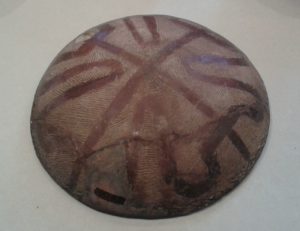
Ceramics were discovered that were related to those of the C-Group (Temehu) pastoral culture, which inhabited the Nile Valley between 2500–1500 BC. Some sources dating back to 3500 BC.
Kingdom of D’mt:
Dʿmt was a kingdom that encompassed most of Eritrea and the northern frontier of Ethiopia. The polity existed during the 10th to 5th centuries BC. Given the presence of a massive temple complex at Yeha, this area was most likely the kingdom’s capital. Qohaito, often identified as the town of Koloe in the Periplus of the Erythraean Sea, as well as Matara were important ancient Dʿmt kingdom cities in southern Eritrea.
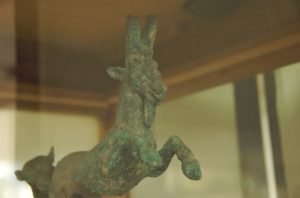
The realm developed irrigation schemes, used plows, grew millet, and made iron tools and weapons. After the fall of Dʿmt in the 5th century BC, the plateau came to be dominated by smaller successor kingdoms. This lasted until the rise of one of these polities during the first century, the Kingdom of Aksum, which was able to reunite the area.
Kingdom of Aksum:
The Kingdom of Aksum was a trading empire centered in Eritrea and northern Ethiopia. It existed from approximately 100–940 AD, growing from the proto-Aksumite Iron Age period around the 4th century BC to achieve prominence by the 1st century AD.
According to the medieval Liber Axumae (Book of Aksum), Aksum’s first capital, Mazaber, was built by Itiyopis, son of Cush. The capital was later moved to Aksum in northern Ethiopia. The Kingdom used the name “Ethiopia” as early as the 4th century.
The Aksumites erected a number of large stelae, which served a religious purpose in pre-Christian times. One of these granite columns, the Obelisk of Aksum, is the largest such structure in the world, standing at 90 feet (27 metres). Under Ezana (fl. 320–360), Aksum later adopted Christianity.
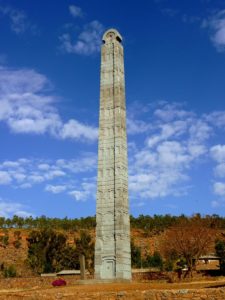
In the 7th century, early Muslims from Mecca, at least companions of the Islamic Nabī, Prophet) Muhammad, sought refuge from Qurayshi persecution by travelling to the kingdom, a journey known in Islamic history as the First Hijrah. They reportedly built the first African mosque, that is the Mosque of the Companions, Massawa.
The kingdom is mentioned in the Periplus of the Erythraean Sea as an important market place for ivory, which was exported throughout the ancient world. Aksum was at the time ruled by Zoskales, who also governed the port of Adulis. The Aksumite rulers facilitated trade by minting their own Aksumite currency. The state also established its hegemony over the declining Kingdom of Kush and regularly entered the politics of the kingdoms on the Arabian peninsula, eventually extending its rule over the region with the conquest of the Himyarite Kingdom. The country is also the alleged resting place of the Ark of the Covenant, and the purported home of the Queen of Sheba.
Middle Ages:
Medri Bahri:
After the decline of Aksum, the Eritrean highlands were under the domain of Bahr Negash ruled by the Bahr Negus. The area was then known as Ma’ikele Bahr (“between the seas/rivers”, i.e. the land between the Red Sea and the Mereb river). It was later renamed under Emperor Zara Yaqob as the domain of the Bahr Negash, the Medri Bahri (“Sea land” in Tigrinya, although it included some areas like Shire on the other side of the Mereb, today in Ethiopia). With its capital at Debarwa, the state’s main provinces were Hamasien, Serae and Akele Guzai.
